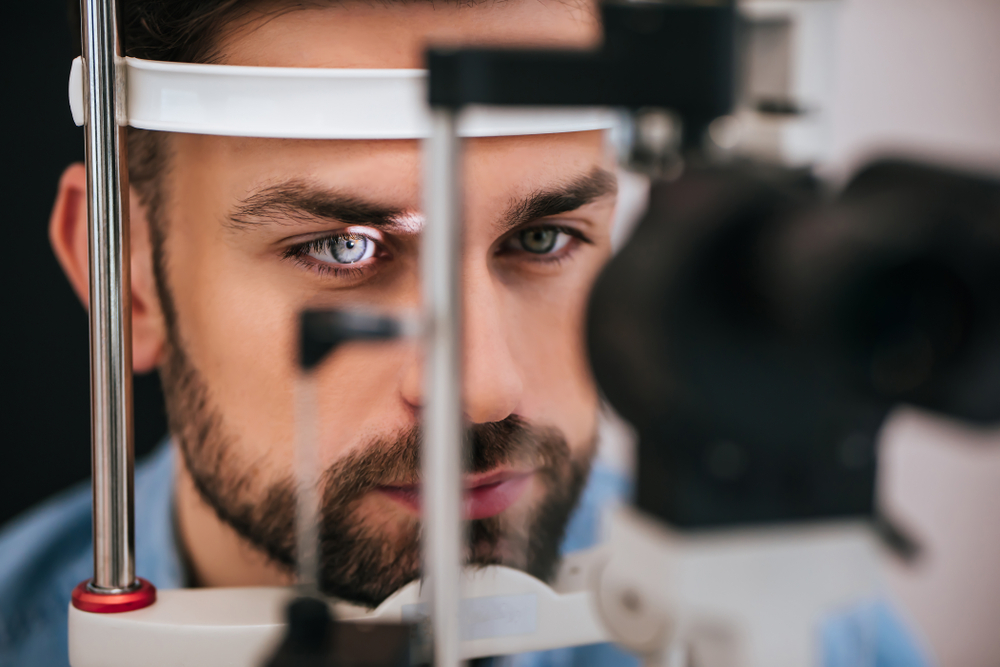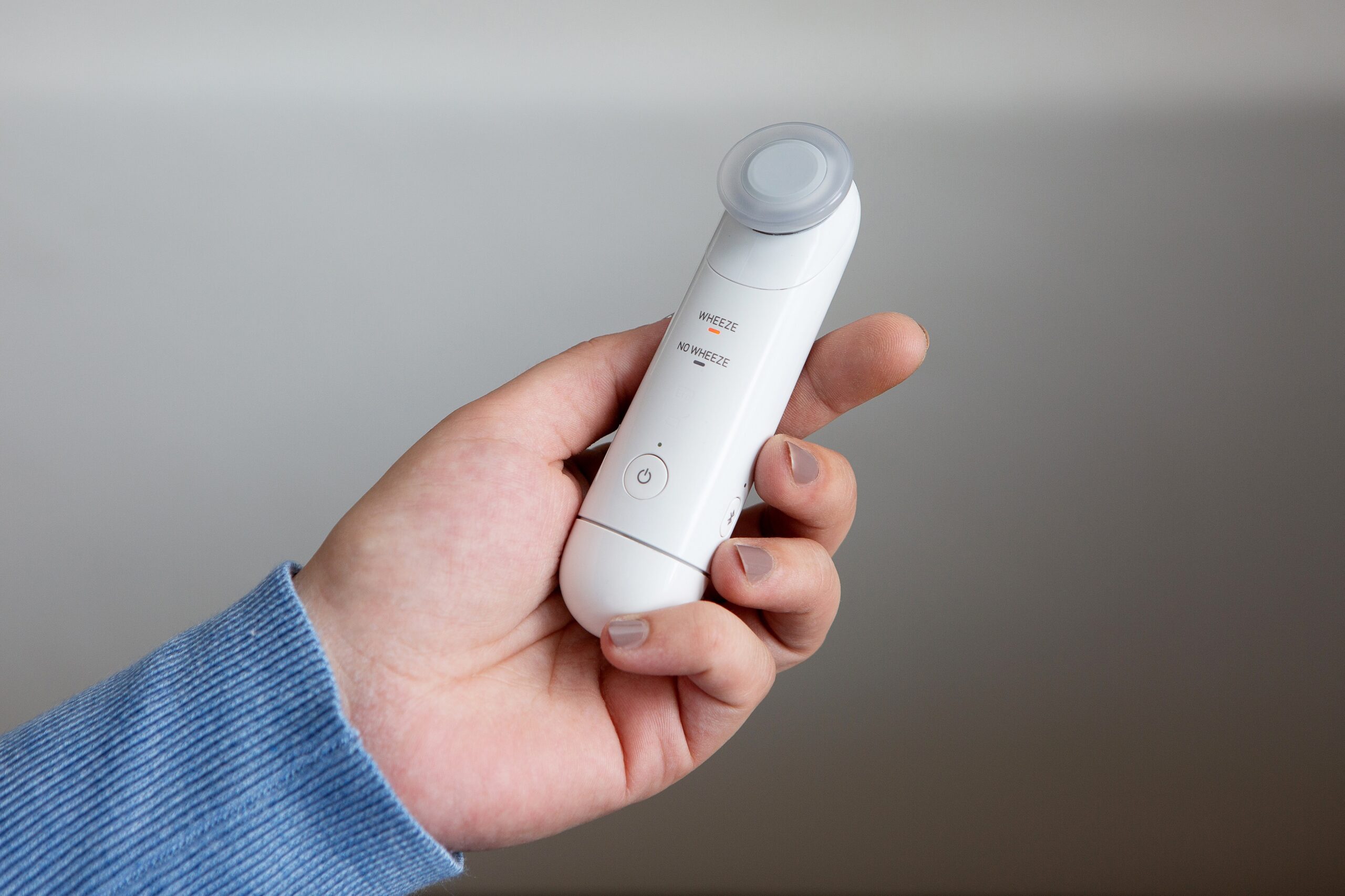Ophthalmology Specialist Dr. Nezih Özdemir, Acıbadem International Hospital said, “The trifocal smart lenses we prefer in cataract surgery eliminate the need for glasses. Thanks to these trifocal smart lenses, the patient can see near, middle distance and far with the same lens without glasses. After surgery, we also get very successful results in medium distances such as computer use, television viewing distance, near and far viewing in the vehicle, and visibility in the kitchen. With smart lenses, patients can get rid of glasses for life.”

It can cause vision loss!
Cataract, also known as “the curtain falling on the eye”, is defined as an eye disease that occurs when the transparent lens in our eyes becomes cloudy and loses its transparency with various staining in it. Cataract disease, which causes vision loss if left untreated, gives the first signals with problems such as blurring of near vision, faded colors and foggy vision. Dr. Nezih Özdemir describes the symptoms of cataract as follows, “The patient states that his vision is blurry and foggy and that he cannot see clearly. In the future, blurriness in the pupil becomes evident. During the examination, myopia development and degree changes are observed. Colors lose their brightness and yellow tints appear. Distorted or double vision begins. The need for more light increases while reading. Eye pressure increases. Light sensitivity arises. Complaints of difficulty driving at night, being disturbed by sunlight and vehicle headlights, and seeing halos around light sources increase.”
Regular examination is a must after the age of 40!
Cataract, which is more common with age and manifests itself as a slight dulling and hardening of the lens of the eye in people around the age of 55-60, it is seen in 15-20 percent in those aged 60; 30-40 percent after age 65; 50 percent of people over the age of 75. Ophthalmologist Dr. stated that cataract is the leading cause of treatable blindness in the world and even accounts for nearly half of all causes. Nezih Özdemir recommends going to an ophthalmologist regularly after the age of 40 to detect the disease early.
The operation takes 15-20 minutes
Cataract surgery, which has made great progress in recent years, is now among the most successful of all medical procedures and the most satisfactory in terms of patient satisfaction. Anesthesia is generally not given in cataract surgery, instead the eyes are slightly anesthetized with drops. The procedure is completed in approximately 15-20 minutes for each eye. Ophthalmologist Dr. stated that they reach the eye through a 2-3 mm diameter channel from the cornea. Nezih Özdemir said, “With the phacoemulsification technique, the cloudy lens is destroyed by ultrasonic vibrations and dissolved in the eye. After the cataract is removed, monofocal lenses or smart lenses are placed into the eye. The operation is performed on two eyes on different days. In recent years, the phacoemulsification technique has been used in cataract surgeries.”
Smart lenses provide clear vision at medium distance
Trifocal, that is, three-focal and EDOF 2 (far and intermediate distance) lenses, also called “Smart Lens”, have been used in cataract surgeries for a long time. EDOF lenses provide distance and intermediate near vision. Thanks to this new generation trifocal, that is, three-focus smart lenses, which are applied to people who have cataracts and have near vision problems, the patient can see up close, intermediate distance and far away with a single lens, without glasses. Ophthalmologist Dr. emphasized that the most important feature of smart lenses is the clarity they provide at intermediate distances. Nezih Özdemir said, “The selection of these personalized lenses is made based on previously detailed measurements and examinations. “After cataract surgery where smart lenses are applied, clear vision is achieved at medium distances where vision quality is most important, such as computer use, television viewing distance, near and far viewing in the vehicle, vision distance in the kitchen.” In addition to cataract disease, smart lens technology is also preferred in patients over the age of 40 who want to see near and far at the same time with a single lens without glasses, and in young patients whose eye number is too high to be corrected with laser.



